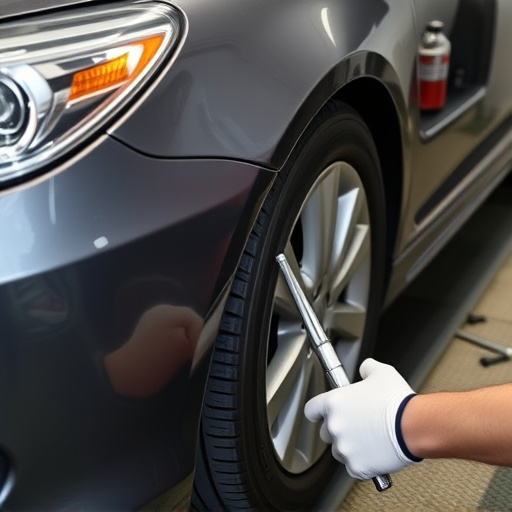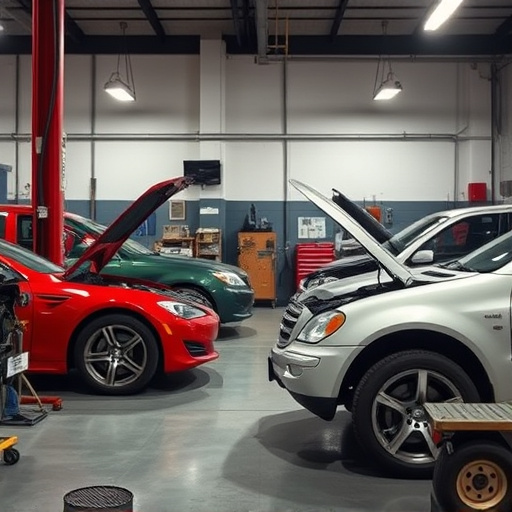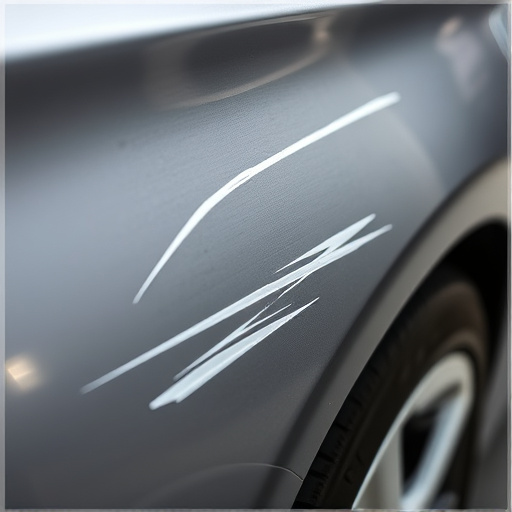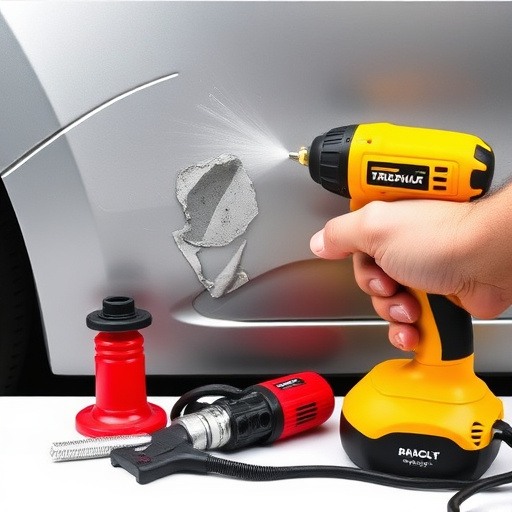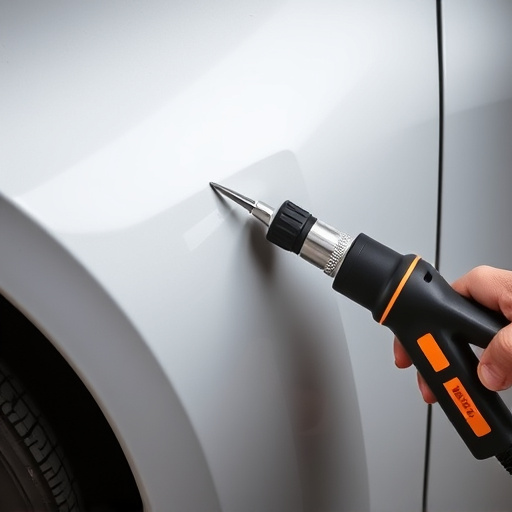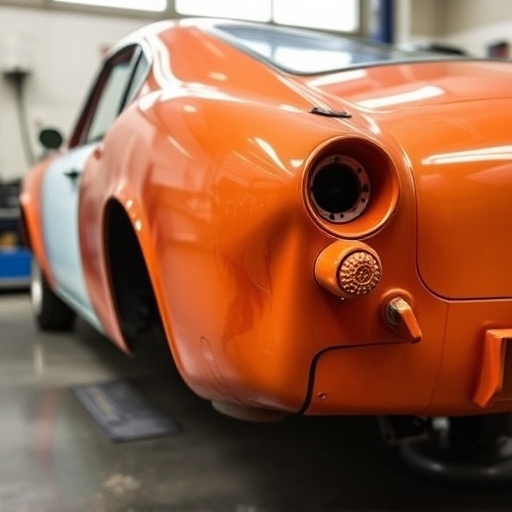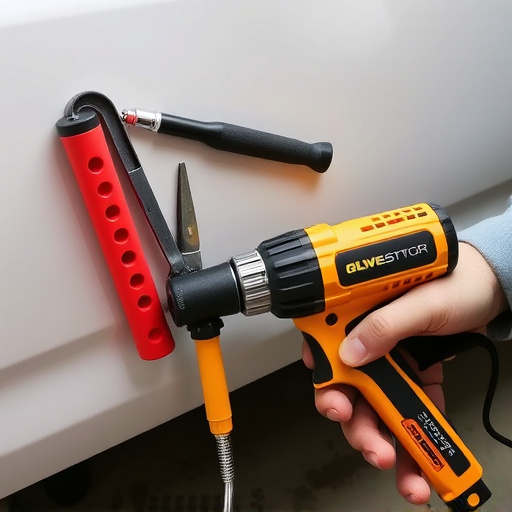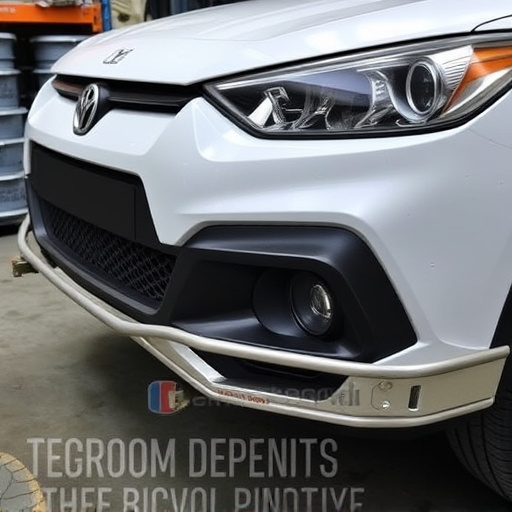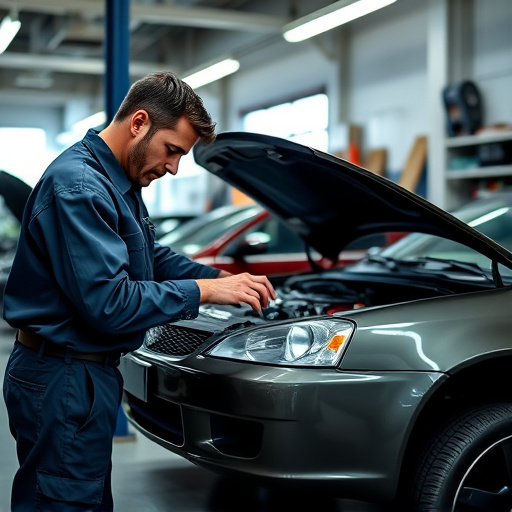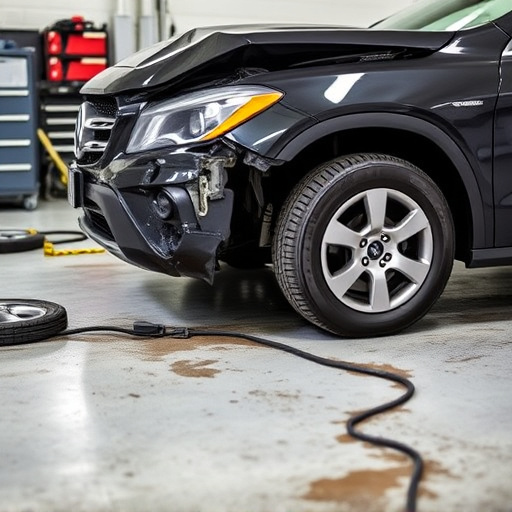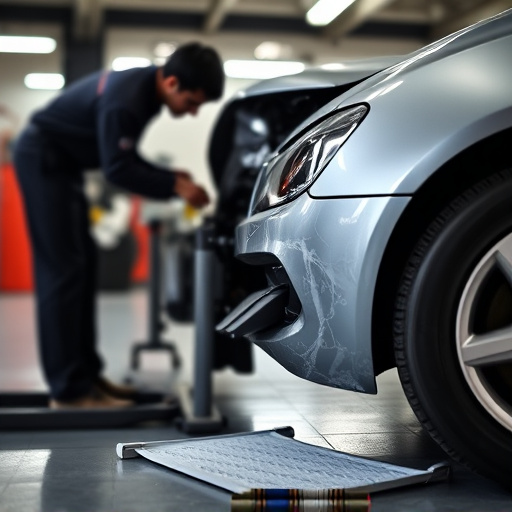Auto body shops conduct thorough vehicle delivery inspections, assessing exterior for damage and misalignments, and interior comfort features. Additionally, they meticulously check mechanical systems, brakes, suspension, lights, engine, transmission, fluids, and electrical components to ensure quality, safety, and peace of mind for clients upon receipt of their vehicles.
Ensure a seamless transition with our comprehensive vehicle delivery inspection checklist, tailored for auto body shops. This essential tool covers all critical areas, from meticulous exterior condition assessment to the verification of interior comfort features and mechanical safety systems. By adhering to this checklist, shops can deliver high-quality, thoroughly inspected vehicles, fostering customer satisfaction and enhancing their reputation in today’s competitive market.
- Exterior Condition Assessment
- Interior and Comfort Features Verification
- Mechanical and Safety Systems Checkup
Exterior Condition Assessment

Upon receiving a vehicle for delivery inspection, auto body shops must meticulously assess its exterior condition to ensure it meets high-quality standards. This involves a comprehensive review of the paint job, body panels, fenders, doors, and other external components. Inspectors look for any signs of damage, such as dents, scratches, cracks, or rust spots, which could indicate prior accidents or poor maintenance.
During this process, shops also evaluate the alignment and straightness of the vehicle’s body, ensuring that it is free from significant misalignments. This attention to detail is crucial in preparing vehicles for their intended purpose, whether it’s a simple car delivery, a complex car restoration, or a comprehensive vehicle repair job. It sets the stage for a seamless transition from inspection to customer satisfaction.
Interior and Comfort Features Verification

When conducting a vehicle delivery inspection at an auto body shop or fender repair facility, verifying the interior and comfort features is a crucial step. This includes checking that all seats are in proper condition, with no rips or stains, and ensuring the headrests are adjusted correctly. The auto collision center should also confirm the functionality of the climate control system, including heating and cooling capabilities, as well as the operation of windows, locks, and sunroofs.
Additionally, the inspection should assess the quality of the interior trim, looking for any misalignments or incomplete repairs. This is especially important when dealing with a fender repair, as it can impact the overall aesthetics and comfort of the vehicle. All storage compartments and glove boxes should be opened and inspected to guarantee they operate smoothly and securely hold their contents. Lastly, the audio and navigation system should be tested for clarity and functionality, ensuring the driver has all necessary tools for a comfortable journey.
Mechanical and Safety Systems Checkup
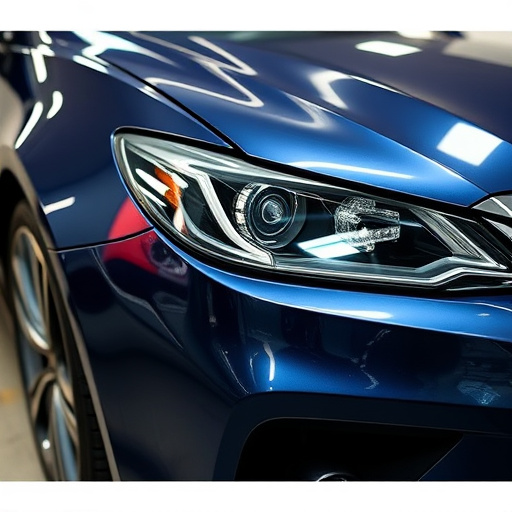
During a vehicle delivery inspection, a thorough checkup of the mechanical and safety systems is paramount. This includes examining critical components such as brakes, suspension, steering, and lights to ensure they meet industry standards and comply with road safety regulations. Auto body shops must pay special attention to any signs of wear or damage, especially in areas like fender repairs, where structural integrity is vital for the vehicle’s overall safety.
A meticulous review should also cover the engine, transmission, and fluid levels, as well as the electrical systems. This step is crucial to identifying potential issues that could affect performance or pose a risk to drivers. By incorporating these checks into their delivery process, autobody repair facilities ensure not only the quality of their work but also the peace of mind of their clients.
A thorough vehicle delivery inspection is paramount for auto body shops to ensure customer satisfaction and maintain their reputation. By adhering to a checklist that encompasses exterior condition, interior comfort features, and mechanical safety systems, shops can confidently deliver high-quality repairs. This systematic approach not only guarantees the vehicle’s excellence upon handover but also fosters trust between the shop and its clients, solidifying their position as reliable service providers in the competitive automotive industry.

